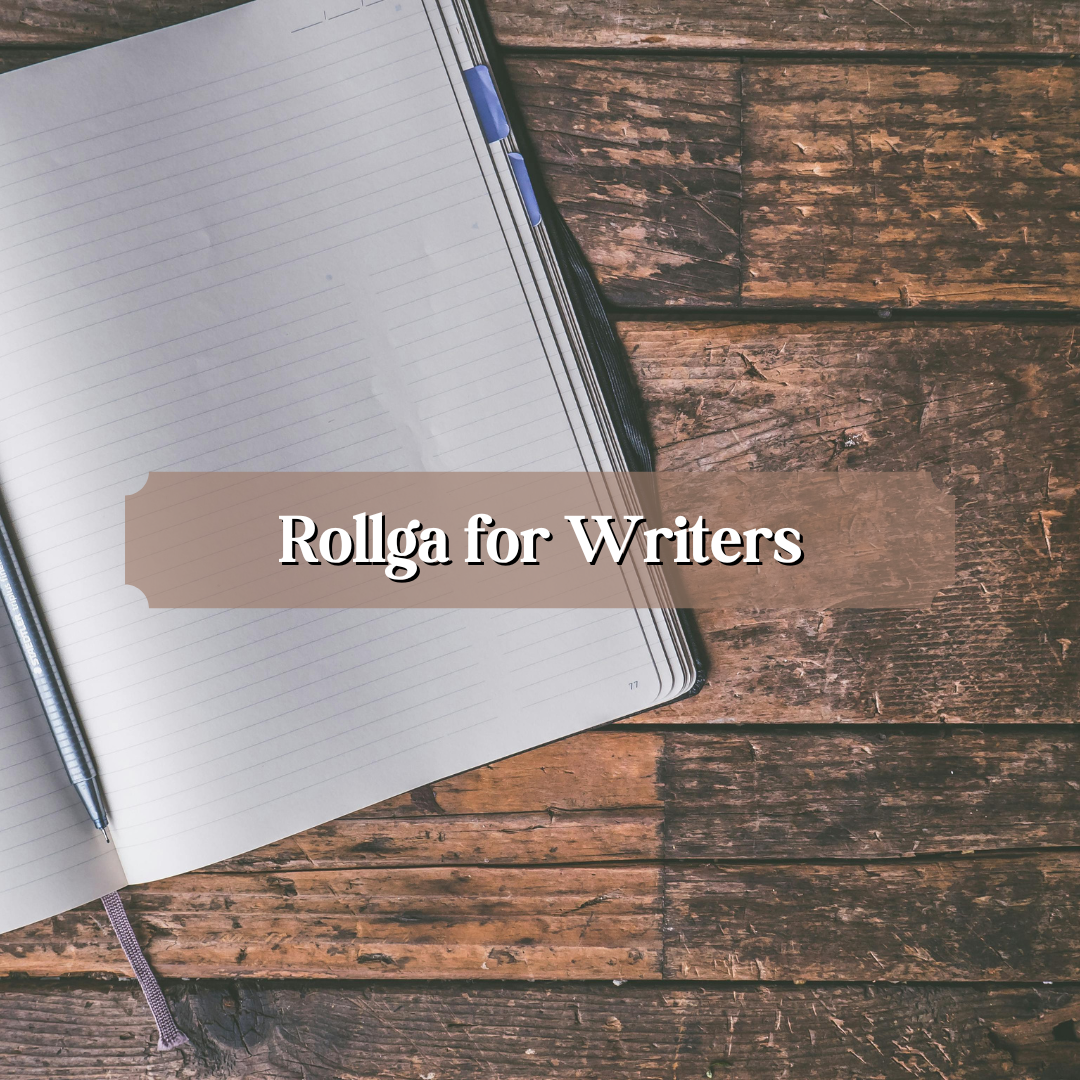
The Hidden Strain of Writing
For many people, writing seems like a calm profession—sitting at a desk, fingers flying across the keyboard, coffee nearby, and creativity flowing. But behind the words lies a hidden struggle that most writers know too well: the aches, stiffness, and tension that build up after hours of sitting still.
Writing, whether for books, articles, research, or even social media, requires long bouts of focus. That focus often comes at the cost of posture. Shoulders round forward, the neck cranes toward the screen, and the lower back collapses. Over time, this creates muscle imbalances, tension headaches, and fatigue.
The problem isn’t just discomfort. Chronic poor posture can sap a writer’s energy, limit creativity, and even reduce productivity. That’s where Rollga foam rolling becomes a game-changer.
Why Writers Need Rollga in Their Routine
Unlike athletes who actively train and recover, writers often overlook their physical needs. Yet sitting for extended hours is just as stressful on the body as strenuous activity. Writers can experience:
-
Tech Neck: Forward head posture from leaning toward the screen.
-
Rounded Shoulders: Tight chest muscles and weak upper back muscles.
-
Lower Back Pain: Compression from prolonged sitting.
-
Hip Tightness: Lack of mobility from staying seated.
-
Wrist and Forearm Strain: Constant typing without relief.
Rollga, with its uniquely contoured design, allows writers to specifically target these problem areas. Unlike flat foam rollers, Rollga cradles the spine, reduces pressure on bony areas, and reaches deep into muscles for more effective relief.
Key Foam Rolling Techniques for Writers
Here’s how writers can use Rollga to reset their bodies and restore energy:
1. Thoracic Spine Opener
-
Lie down with Rollga aligned along the middle of your back.
-
Slowly roll up and down the thoracic spine (mid-back).
-
Pause where tension feels strongest and extend arms overhead to open the chest.
This counteracts slouching and restores posture.
2. Hip Flexor Release
-
Place Rollga under one hip while lying face down.
-
Gently roll side to side to target tight hip flexors.
Relieves stiffness from sitting and improves circulation.
3. Forearm and Wrist Reset
-
Place Rollga on a table.
-
Roll forearms back and forth against the grooves.
Reduces tension from typing and prevents repetitive strain.
4. Neck Tension Release
-
Lie with the back of your neck resting on Rollga.
-
Slowly turn your head side to side, massaging the base of the skull.
Eases tech neck headaches and jaw tension.
5. Lower Back Relief
-
Position Rollga just above the tailbone.
-
Gently rock side to side.
Supports the spine while relieving lumbar tightness.
The Mental Benefits of Foam Rolling for Writers
Writing isn’t just physical—it’s mental. When the body aches, the mind feels sluggish. Foam rolling improves blood flow and oxygen delivery, which can sharpen focus and restore creativity.
Rolling out tension also stimulates the parasympathetic nervous system, helping writers feel calmer and less stressed. This is especially useful during high-pressure deadlines or long creative projects where burnout looms.
Many writers describe foam rolling as a form of “active meditation.” It provides a break from screens while reconnecting body and mind.
Building a Writer’s Recovery Routine
For best results, writers should incorporate foam rolling at specific times during the day:
-
Morning Routine: 5 minutes to wake up the body and energize before writing.
-
Midday Reset: Quick rolling between writing sessions to combat stiffness.
-
Evening Recovery: Longer routine before bed to release tension and improve sleep.
Pairing Rollga with stretching or mobility drills can further enhance recovery. Writers who experience frequent wrist or forearm pain may also combine rolling with grip-strengthening exercises for long-term prevention.
Why Rollga is the Best Foam Roller for Writers
Not all foam rollers are created equal. Writers need comfort, precision, and portability. Rollga stands out because:
-
Its contoured design cradles the spine and reduces pressure.
-
It can reach hard-to-target muscles like forearms and hips.
-
It’s lightweight and portable, making it easy to keep near the desk.
-
It’s durable enough for daily use, unlike cheaper foam rollers.
This makes Rollga not just a tool for athletes but a must-have for anyone who spends long hours writing, typing, or studying.
Writing Without the Pain
Writing should be about creativity, not discomfort. By incorporating Rollga into a daily routine, writers can protect their posture, reduce pain, and boost both productivity and creativity. The words will flow more easily when the body feels free.
Keep your creativity alive and your body pain-free. Try Rollga today and make writing more enjoyable.

